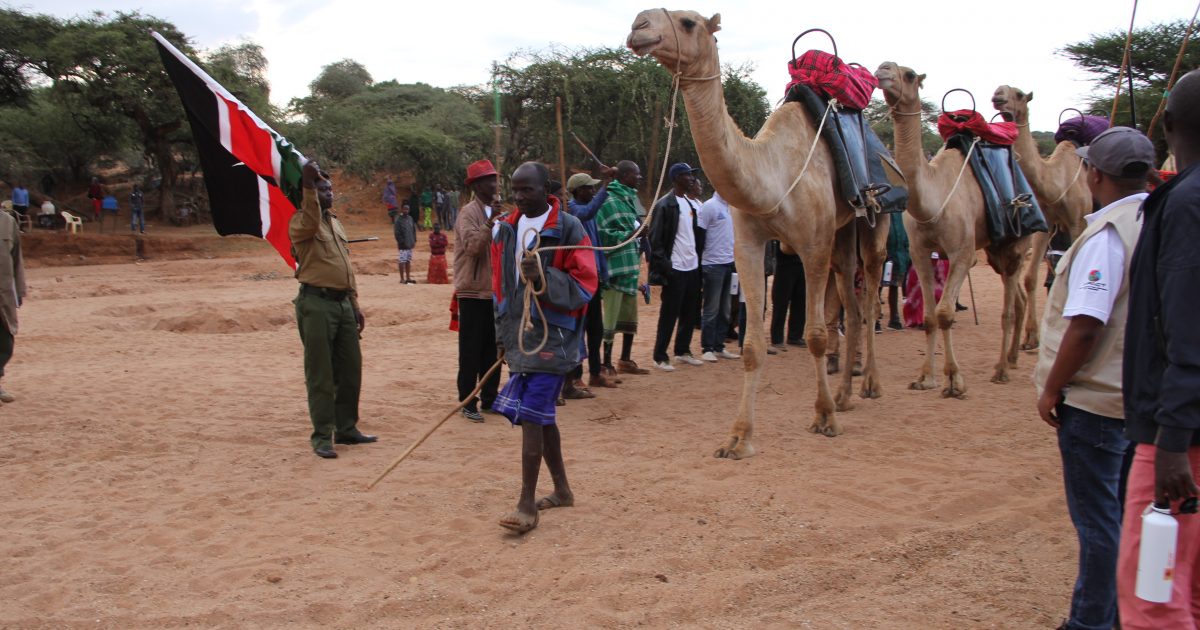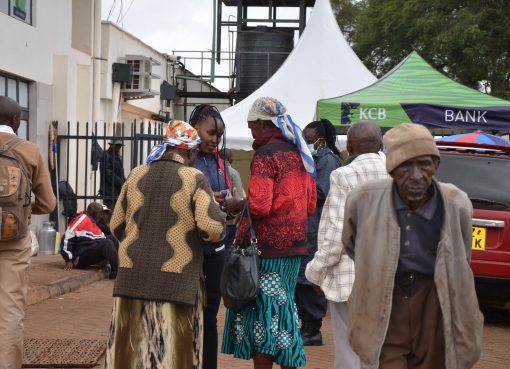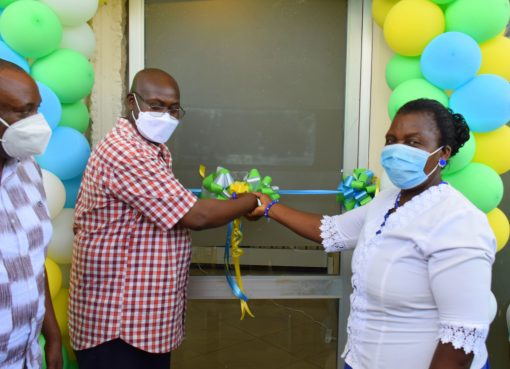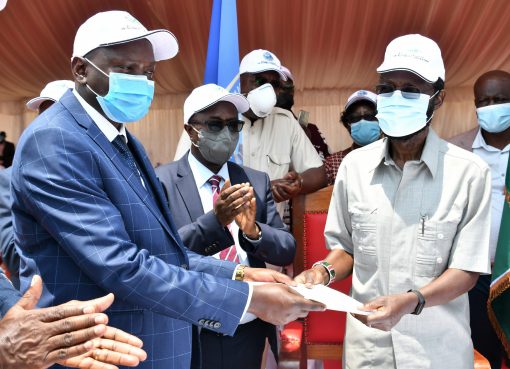Environmentalists have sounded an alarm over the dwindling water levels of River Ewaso Ng’iro a major lifeline to farmers, pastoralists and wildlife that traverses several counties before draining into the Lorian swamp.
As a result, a group of environmental activists drawn from the counties of Laikipia, Isiolo and Samburu have embarked on a 160 kiliometre walk along the river course in a bid to sensitize communities that depend on it on the need for its conservation.
Indigenous Movement for Peace Advancement and Conflict Transformation (IMPACT) programme officer John Ting’oi said that the aim of the four-day walk dubbed the camel caravan saw participants start trekking upstream from Oldonyiro in Isiolo County and end the walk at Lake Olbolosat in Nyandarua County where river Ewaso Ng’iro draws its waters from.
“We want all communities depending on the 700 kilometre river to understand the need for its conservation and protection since they draw their livelihoods from the same resource,” Ting’oi said.
He observed that the river was an important resource with over 3.5 million people dependent on it therefore the need to conserve it.
“Over the years the amount of water flowing in river Ewaso Ng’iro has been dwindling largely due to climate change, illegal abstraction of water upstream, cultivation on its banks and uncontrolled sand harvesting downstream,” he added.
The programme officer added that cases of inter-communal conflicts had been witnessed where mostly communities living downstream accuse those in the upstream zones of obstructing the flow through irrigation leaving others to suffer.
“We expect more water-related conflicts in the coming dry months. We need to be well prepared to tackle these conflicts,” he said.
Fransisco Letimalo, a resident of Oldonyiro village and an environmental crusader who also participated in the walk noted that water levels at the river have been on a decline over the years and therefore the need to conserve it.
“When I was young nobody could cross this river on foot, but today people and livestock walk on the river bed since water has dried. We are now forced to dig shallow wells on the river bed to find water for domestic use and for livestock,” Letimalo 62, said.
Ewaso Ng’iro North Development Authority (ENDA) Mohamed Doyo said that the organization has been actively sensitizing the communities using the river on its protection and equitable resource sharing to water conflicts.
“We are working with government and non-government actors since maters conservation and protection of the river need a multi-sectoral approach and that’s why we have brought everyone on board,” Doyo said.
He added that his organization was actively engaging communities to plant trees along the river beds and also at the catchment area of the river at Lake Ol Bolosat in Nyandarua County.
Abdia Tula, a resident of Isiolo County said that communities living on the lower basins of the river had stopped farming since there was not enough water for irrigation.
“I used to farm tomatoes and other vegetables for sale and consumption at home but now I have stopped since there is no water for irrigation,” she said.
By Martin Munyi





